TVs of the year 2014: the best new tech, brands and models
Unearthing the heroes - and zeroes - of this year's TVs
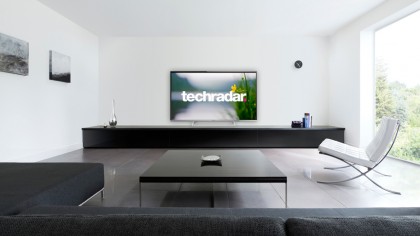
Which brand should you choose?
Why you can trust TechRadar
In this section of our look back over 2014's TV landscape we look at what each of the major hardware brands has been up to. Starting with…
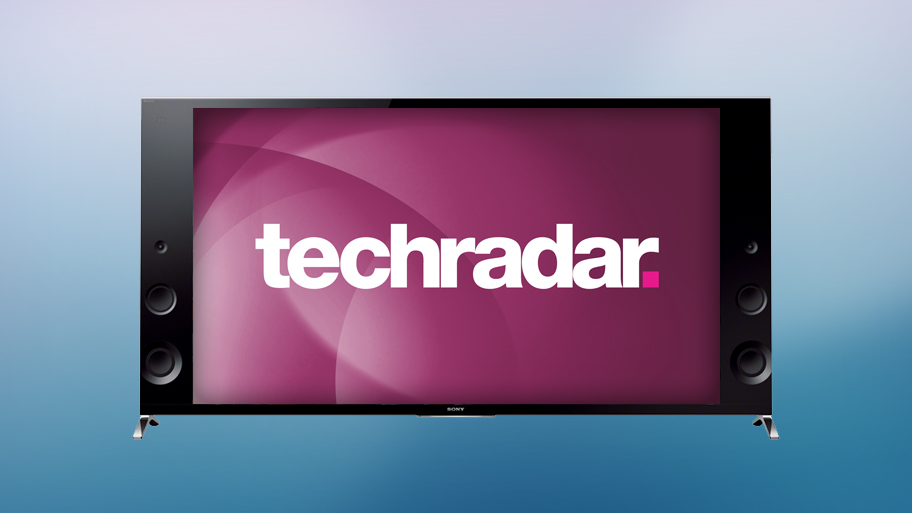
Sony 2014
Sony's main focus this year has been on developing its 4K TVs – an area in which the brand clearly feels it has an advantage due to its involvement in all parts of the 4K creation, production and playback story.
It's stuck with LCD/LED technology to deliver its screens, and had stayed flat until it recently unveiled a couple of curved models - the S90 series.
Its other key focus has been newly aggressive pricing of its mid-range HD TVs, delivering in the process some of the year's most attractive bargains.
Sony TV range 2014 review
The good...
It's been mostly a successful year for Sony – though there have been a couple of stumbles too. The star of the Sony show has been the X9005B TVs. These 4K sets have combined deliriously good picture quality with extraordinarily powerful audio by TV standards, making them the best all-round TVs of the year. Just be prepared to have to accommodate a serious amount of hardware versus today's usual super-slim designs.
Another stand out series has been the W829 upper mid-range sets, which have delivered truly exceptional picture quality at striking aggressive prices.
The cheaper W705/6 and W605 series have also performed very well for their money.
The bad...
The misfires have been Sony's flagship HD series, the W955s, and the X8505 step-down 4K screens. Both of these ranges – which we'll be fully reviewing soon - have opted to use IPS panels, with the result that their contrast performance is clearly compromised versus the excellent efforts found elsewhere in Sony's range.
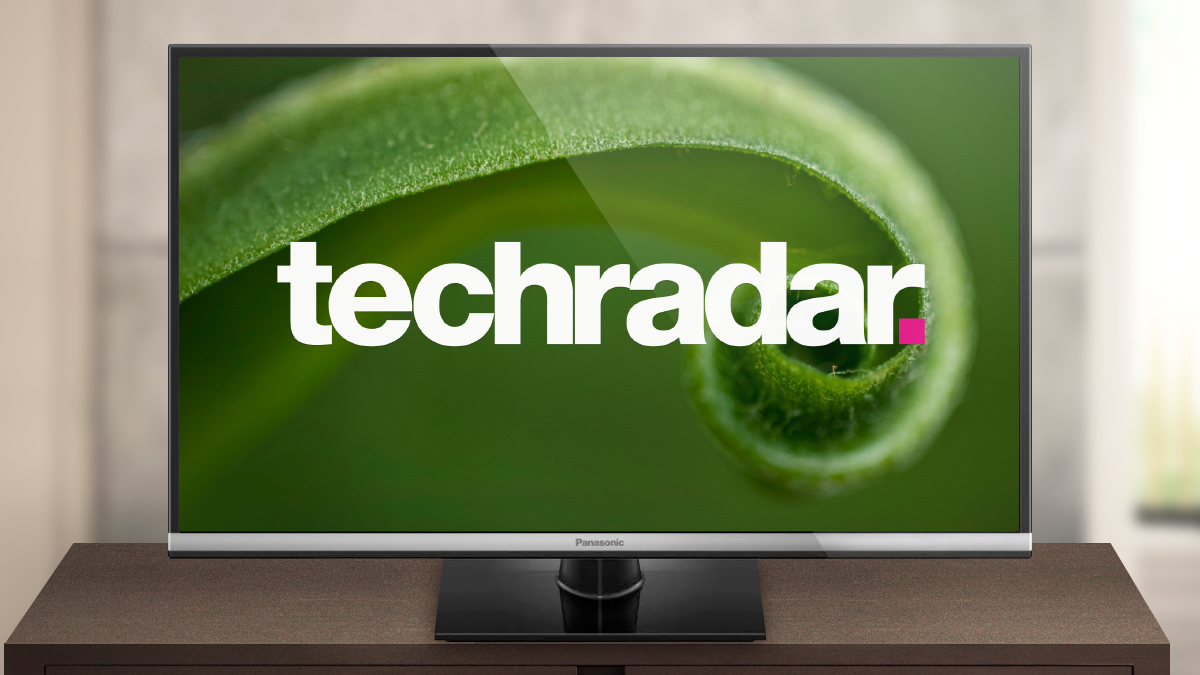
Panasonic 2014
Having boldly opted to leave its beloved plasma technology behind for 2014, Panasonic came out fighting at the Consumer Electonics Show (CES) in January by unequivocally stating that it believed its top-end LCD TVs for 2014 would out-perform its best plasma TVs. Since then, though, the brand has enjoyed/suffered a startlingly up and down time.
Where the positives are concerned, a key Panasonic strength for 2014 has been its smart TV features, thanks to three great innovations. The best of these has been the integration of Freetime into many of Panasonic's UK TVs.
This allows you to access the on-demand catch up TV services of many of the UK's broadcast TV services – including the 'big four' of the BBC, ITV, Channel 4 and Channel 5 – via the brilliantly simple interface of an EPG that can scroll back through time as well as forward.
Then there's TV Anywhere, which lets you watch over the internet the tuners or USB recordings of your home TV via your tablet or phone no matter where in the world you are. Finally there's My Stream: a clever scrolling, tiled interface for highlighting content from multiple sources Panasonic's TVs think you'll be interested in based on an analysis of your viewing habits.
These new features integrate nicely, too, into the superbly friendly and customisable My Home Screen interface Panasonic has continued on from 2013.
On the downside, we've yet to see the supposed plasma-beating X902 series, and with one or two exceptions the picture quality of Panasonic's first all-LCD TV range has been a bit disappointing.
Panasonic TV range review
The good...
As noted, unfortunately we haven't yet seen the TVs – known as the 4K/UHD X902 series in the UK – Panasonic reckons can outgun plasma. They are due before Christmas and they have certainly looked awesome in demos, but that's all we can say about them so far.
Of the Panasonic TVs we have seen, the AX802 4K series has been the star of the show in picture quality terms. But Panasonic made a mess of the original launch of these TVs by failing to make them compatible with Netflix 4K streams, and then telling confused journalists that the sets would never be able to play such streams.
Mercifully it was revealed at the recent IFA technology show that the AX802s could be upgraded to accept Netflix 4K streams after all, but the mess around the issue was hardly Panasonic's finest hour.
The bad...
Where Panasonic's HD TVs are concerned, unfortunately a large part of the range has been affected by the IPS issues discussed in the main feature.
In other words, many of its sets have suffered with sub-par contrast. The exception has been the AS600/AS640 series, which don't use IPS panels and actually deliver good performance – and features – for very aggressive prices.
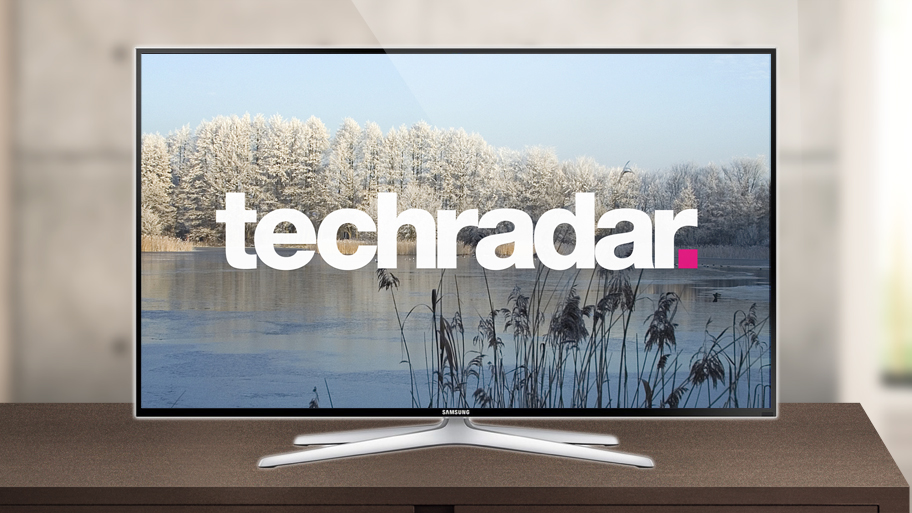
Samsung 2014
The big push for Samsung in 2014 has been curved TVs. There are almost as many curved TVs in its current range as flat ones, with Samsung underlining its faith in the technology by making its top-tier picture technology only available in a curved TV – the HU8500 series.
Samsung has also spent a great deal of time extolling the value of curved screens in enhancing your viewing experience – though there are undeniably also issues with the technology that mean that it may not suit everyone.
Samsung has also embraced 4K/UHD in a big way, with far more ultra high definition models in its range than it had last year.
It's also improved its picture quality generally, with better contrast and viewing angles and, on its flagship TVs, new wide colour gamut technology.
Key features in helping Samsung's sets stand out are the compatibility of its most expensive TVs with future external boxes which can retrofit your TV with next-generation features, picture processing technologies and even connections.
Aside from doubts still remaining over curved TV's usefulness, the one disappointing thing about Samsung's 2014 range has been the lack of progress with its smart TV features. These haven't really moved forward in either interface or content terms from 2013. Though to be fair, while the interface is starting to feel a bit long-winded, Samsung does still offer the most extensive collection of smart TV apps and streaming services in the TV world.
Samsung TV Range Review
The good...
It's been another strong, consistent year for Samsung's TV division. Across its range, from the most expensive sets to the cheapest, it's been particularly effective at delivering the sort of good contrast performance which is the bedrock of good picture quality. It helps in this respect that Samsung doesn't use any IPS panels.
Samsung has also included striking new PurColour technology in its flagship HU8500 TVs which works with these sets' 4K/UHD resolutions to deliver stunning extra detail and vibrancy to 4K pictures. Also of note with its 4K sets is the quality of its upscaling of HD and even standard definition sources.
While the HU8500s have dazzled at the top end of Samsung's range, the HU7500 series have done a good job of offering plenty of 4K quality for a pretty aggressive price – and without you having to worry about a curved screen.
Where HD models are concerned, the highlight models are the H6400 series, which combine a strong picture performance and feature count with strikingly affordable prices. But even if you go further down Samsung's range than the H6400 series you'll find plenty of screens that consistently outperform similarly affordable rivals.
The bad...
The only models that have troubled us about Samsung's range this year are the H7000 HD series, which have looked too expensive for non-4K models. There remain concerns, too, about the potentially divisive nature of curved screens.
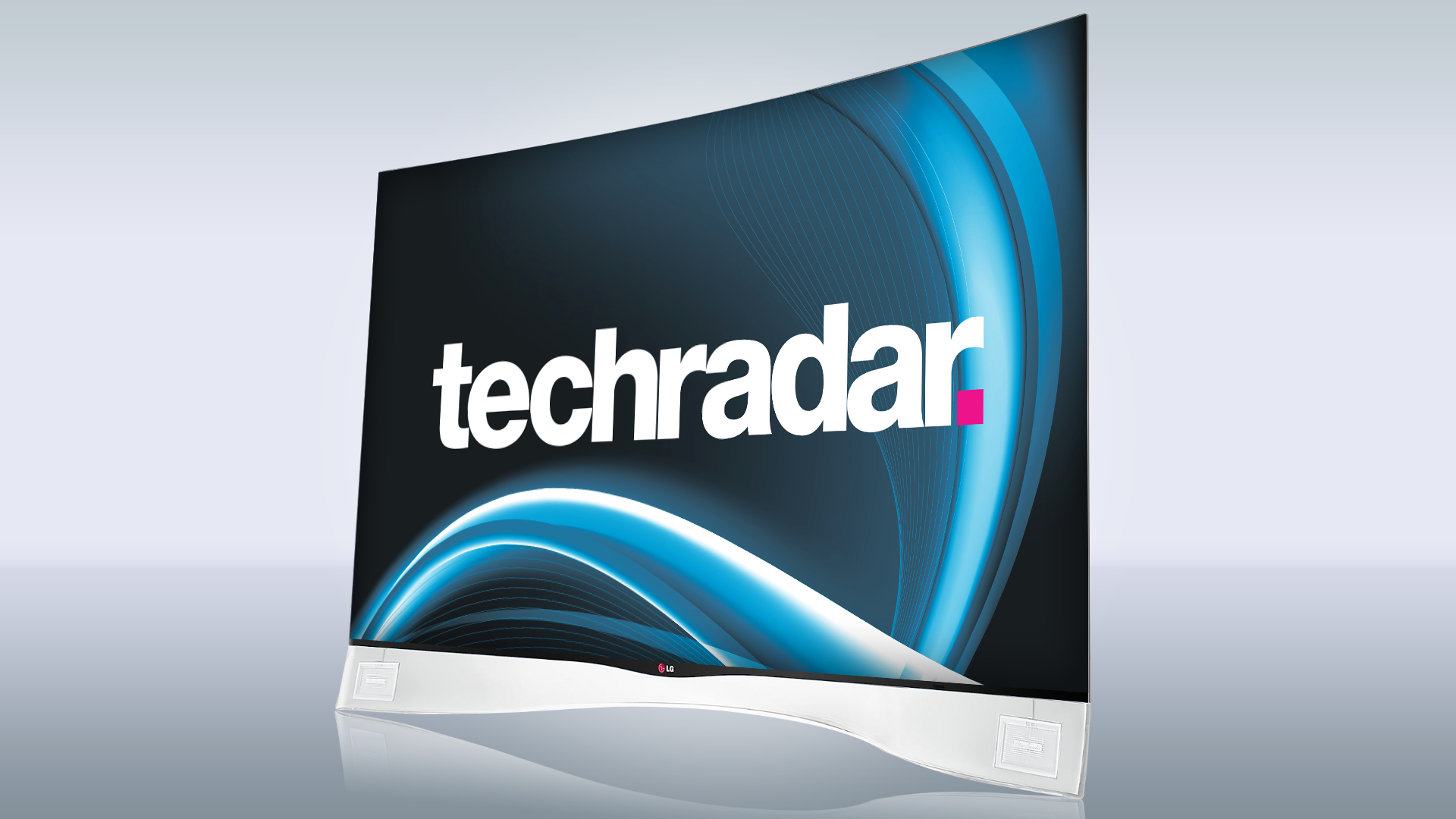
LG 2014
While LG might not have got everything right in 2014, it's grabbed many of the year's TV headlines on the back of delivering arguably more innovation than any other brand.
Key among these innovations is webOS. Developed in Silicon Valley, webOS basically reinvents the smart TV interface – in all the right ways. It's efficient, thoughtful, logical, friendly, easy on the eye, inviting, and inspired in the subtle ways it reinforces your actions and choices with little animations. Plus it's brilliant at multi-tasking.
LG's other massive move for 2014 is OLED. Heralded as the 'saviour of TV' for years now, 2014 has seen LG emerge as the driving force behind this hugely exciting new technology. In fact, LG has unexpectedly become the ONLY brand that sees OLED as a genuine TV force for 2014, with other brands withdrawing quietly back to their LCD panels and stating they see OLED as something for the future, not today.
LG has already launched a couple of gorgeous HD OLED models to the market this year – and crucially these have cost just a fraction of the price of LG's debut OLED TVs. Most excitingly of all, in November LG will be launching its first 4K OLED TVs, potentially offering the ultimate TV solution.
One other smaller point worth making about LG's TVs this year is that they've done some interesting things with their sound, including delivering transparent, super-slim but still good sounding speakers in the 55EA980W OLED TV, and getting audio brand Harman Kardon to supply a startlingly powerful multi-channel speaker design for its UB980V flagship LED series.
The downside in LG's topsy-turvy year has been the way issues with its IPS-type LCD panels have been fairly ruthlessly exposed by the increased quality of rival panels. Almost every LG LCD TV we've seen has suffered with contrast issues versus the best rivals. Which is why OLED couldn't have come along at a better time for LG, really.
LG TV Range Review
The good...
The stars of LG's TV showing this year have been its OLED TVs. Even though the models we've seen so far – like the 55EA980W - haven't been 4K, they've set new standards in every way bar resolution.
The brand's 4K OLEDs aren't due until November, but from every demo we've seen they look likely to bring the house down in performance terms
At £7000 the 65-inch 65EC970V isn't nearly as expensive as we might have expected, either. Even though, of course, dropping seven grand on a TV is not something your average household will feel able to do.
On the LCD side, the star of the show is a set we'll be reviewing here soon: the 65UB980V. This UHD/4K model is LG's flagship LCD TV for 2014, and thanks to a higher-level processing chip and more advanced backlight controls it's a much more capable all-rounder than any of LG's cheaper LCD TVs.
The bad...
Strangely, the weakest point in LG's range is the 4K model just below the 65UB980V, the UB950V series, which suffers with some serious backlight problems and a curiously ghosty 3D performance.
LG's other LCD sets have all tempted with their webOS features and, at times, strong value. But while their pictures often look good in bright rooms and with bright content, their contrast problems are sometimes ruthlessly exposed in more challenging/serious conditions.
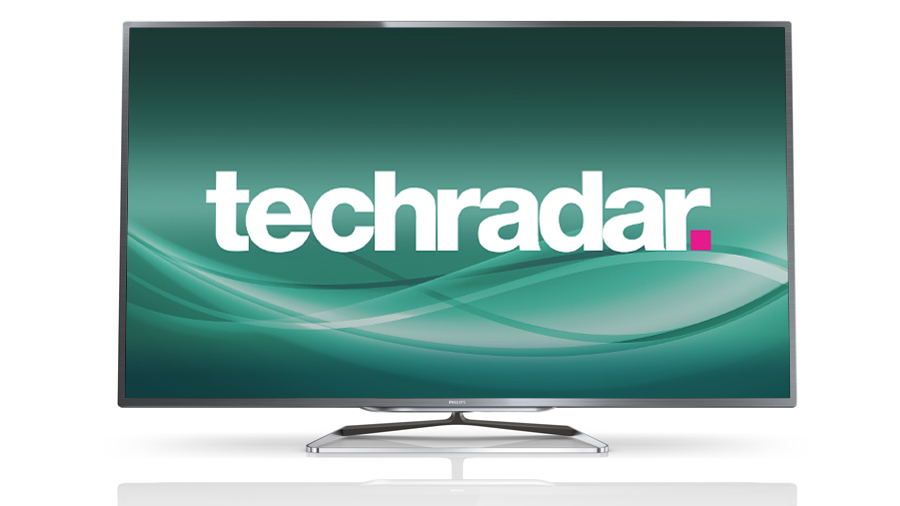
Philips 2014
Philips is yet another brand that's had a startlingly mixed year, at least in picture performance terms. Again, a key factor in this mixed bag is the fact that the brand has used IPS panels in quite a few of its TVs, with the attendant problems already discussed.
Philips also continues to lag behind other brands with its Smart TV offering, and it's a shame that Philips has this year taken the decision not to bring its premium-grade TVs – sets which could have added more picture quality to the Philips 'pool' - to the UK.
Philips has taken this action for 2014 because its UK team has decided it needs to build brand awareness by actually starting to shift some TV volume – which means, of course, focussing on aggressively priced TVs. And although we miss seeing Philips' at its high-quality best, it's fair to say it's pursued its 'volume' policy quite well for the most part.
It's important to add, too, that while the Philips TVs we've had in the UK so far haven't done anything exciting in smart TV terms, at IFA Philips unveiled its first TVs powered by the Android platform, opening the gates to a hugely ramped up app count and even, further down the line, a potentially much improved interface.
Unfortunately Philips has yet to confirm if the UK will be getting one of these 'Android TVs', though even if we don't get the first generation it seems inevitable that we'll get some Android action from the brand next year.
Philips TV range review
The good...
The highlight of the Philips range so far is a range we'll be testing here soon: the PFT5509 series. This budget range offers great value by combining good, contrast-rich pictures with strikingly aggressive prices. For instance, the 48-inch model only costs £529.
Also quite strong is the step-up PFS6609 range – at least in 2D mode. Watch 3D on it and you'll just get a headache.
The bad...
The weakest point in Philips current range, surprisingly, is its PUS7809 'budget' 4K range (due for a full review soon). For while we love the prices involved here – the 55-inch model costs just £1500 – the picture quality they offer is seriously compromised by yet another unimpressive, IPS-caused contrast performance that leaves pictures looking inferior to those of most other 4K TVs this year.
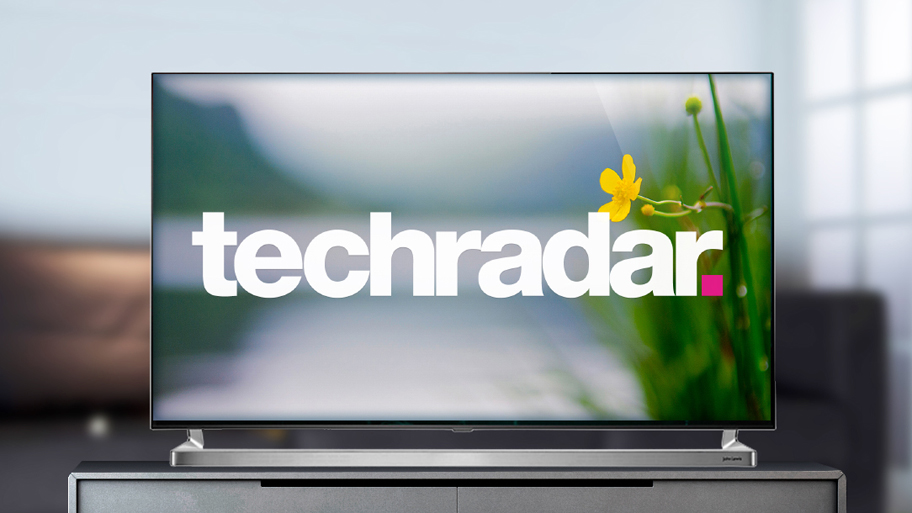
Best of the rest...
It's been a fairly quiet year for the smaller, price-driven brands in the UK. Toshiba, at least, has managed a genuinely useful innovation in the shape of its MediaGuide Replay function, which automatically records programmes it thinks from analysing your viewing history that you'll be interested in.
This TiVO-like feature has the potential to create your own nightly personalised 'channel' of content – though it's a pity you have to add your own USB HDD drive for the feature to work.
Toshiba hasn't set the world on fire with its picture quality this year for the most part, despite the use of a uniquely bright panel design in its premium (but still highly affordable) 7 Series HD range. Toshiba's focus on IPS panels hasn't helped in this respect.
Budget brands
Of the other less well-known brands, the only two worth picking out are Finlux and Linsar. Finlux we highlight as a budget brand to watch, for as well as its exceptionally aggressive pricing it's managed to deliver some genuine quality in some – though only some – of its TVs this year.
The brand's inconsistency means you should try and find reviews of a particular set you're interested in before you buy, but overall it seems Finlux is on a gently upward trajectory.
Linsar we mention because it's relatively new to the market, is a British brand, and has mentioned an intention to launch UHD TVs into the market in the not too distant future for very aggressive prices…
One last rather sad thought should be spared for a once mighty brand: Sharp.
The Japanese brand has been so quiet of late, at least where providing TVs to review is concerned, that we'd almost forgotten it was still around.
Actually, though, it's launching a new 4K range as we speak, and also launched a range of TVs earlier in the year with intriguing 'Quattron Pro' technology that supposedly offered a higher-than-HD resolution without reaching true 4K resolution levels.
But with no review samples arriving in response to our repeated requests, we can't say anything more than that these TVs exist.
Current page: TVs in 2014: which brand should you choose?
Prev Page TV Buying Tips for Christmas 2014 Next Page The best TVs of 2014Sign up for breaking news, reviews, opinion, top tech deals, and more.

James was part of the TechRadar editorial team for eight years up until 2015 and now works in a senior position for TR's parent company Future. An experienced Content Director with a demonstrated history of working in the media production industry. Skilled in Search Engine Optimization (SEO), E-commerce Optimization, Journalism, Digital Marketing, and Social Media. James can do it all.